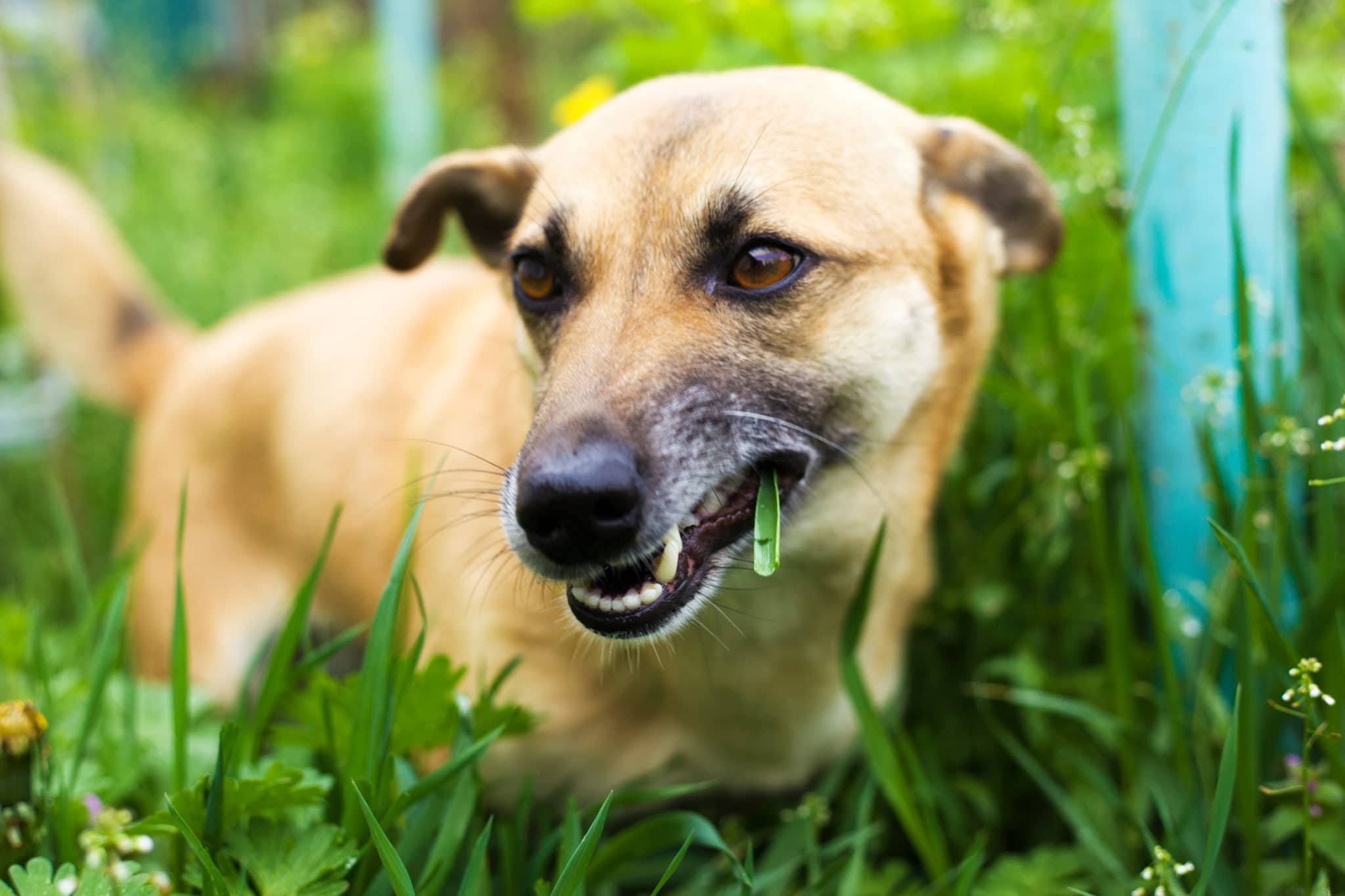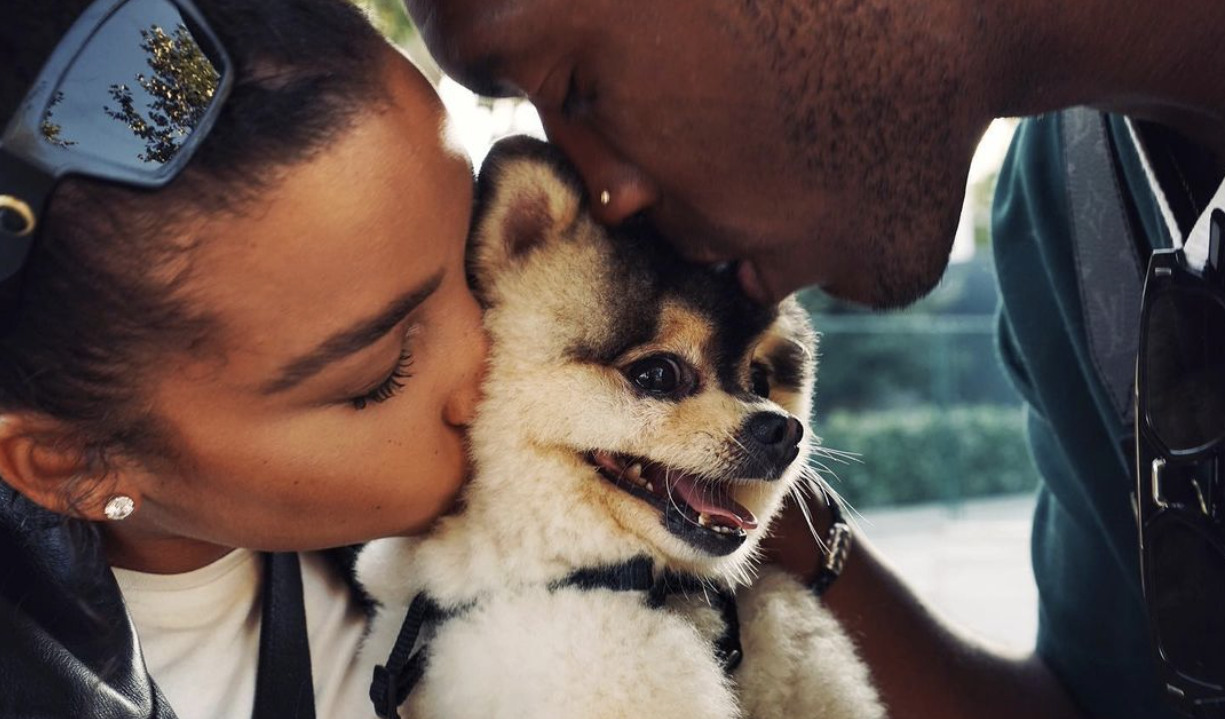Nobody ever wishes for a loved one to fall ill, and that includes our beloved pets. But how would you even know that your pet is sick? Some signs of illness are more obvious than others.
Below are the top 7 signs that your pet is sick, in no particular order.
1. Vomiting
First on the list is vomiting. Vomiting is a fairly obvious symptom of illness and definitely one that should not be taken lightly.
Vomiting is a common clinical sign that broadly signifies that a pet is feeling nauseous or unwell. Diseases associated with vomiting include those specific to a cat or dog’s gastrointestinal tract as well as many systemic illnesses.
Vomiting that is self limiting is commonly seen for a reason known as “dietary indiscretion,” or simply put, eating something that shouldn’t have been eaten. Examples include food scraps out of the trash or something picked up off the street. The vomiting seen in these cases normally resolves quickly, often after just one or two episodes of throwing up. However, if the vomiting fails to stop, or is coupled with any of the other symptoms on this list, something more serious could be at play.
Some examples of more worrisome illnesses associated with acute vomiting include gastrointestinal foreign body (intestinal blockage), pancreatitis, or toxin ingestion. You should remember too that just because your pet throws up regularly, this does not make it “normal.” It simply means there is likely a problem that has yet to be discovered. Some common diseases associated with ongoing vomiting include hyperthyroidism in cats, diabetes mellitus, and chronic kidney disease, and some types of cancer.

2. Diarrhea
Similar to vomiting, diarrhea is a fairly obvious sign but one that often goes unnoticed. The reason? Many pet owners simply do not monitor their pets’ stools! However, monitoring your pet’s bowel movements is extremely important because the consistency and appearance of the stools can be big indicators of your pet’s health.
Like vomiting, an acute case of diarrhea that is self limiting and quick to resolve may be nothing too serious. However, diarrhea that persists over several days, is accompanied by other signs on this list, or is seen with the presence of blood, may indicate a more urgent problem requiring treatment. Dietary indiscretion, like with vomiting, is a common reason for acute diarrhea. Often, the diarrhea is accompanied by straining to defecate as well as a dramatic increase in the frequency and urgency to defecate. These are classic signs of “colitis,” which you may know better as “the runs.”
Diarrhea that just doesn’t seem to let up and becomes a chronic problem, on the other hand, could indicate other diseases. Some examples include inflammatory bowel disease, malabsorption of nutrients, a food allergy, an infectious disease of the gut, or in some cases, cancer.
Ultimately, identifying an initial clue is the first step to addressing any problem. So as unpleasant as it may be, be sure to monitor your pets’ bowel movements on a regular basis.
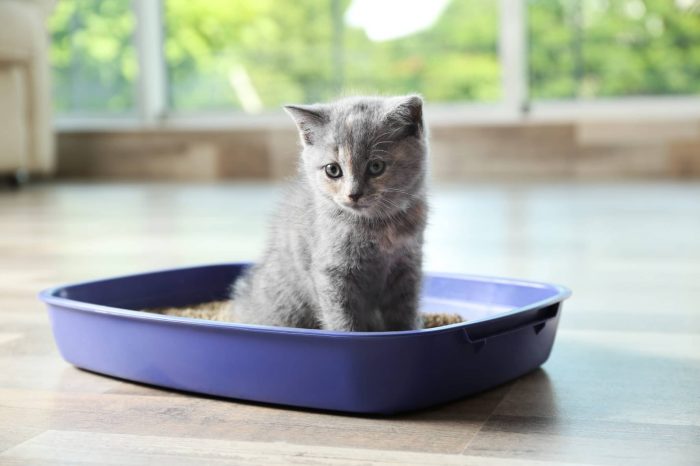
3. Change in activity level, behavior or demeanor
Your pet’s activity level, behavior and overall demeanor can be very big clues as to how they are feeling. As such, it’s very important to monitor these signs on a daily basis.
Sudden weakness or sluggishness can be big causes for concern. Similarly, if your dog who normally can’t get enough walks suddenly just wants to lie in bed, or your typically very playful cat begins to hide alone in unusual places, these could definitely be huge red flags.
You should also know that changes in energy level and behavior can come about slowly, too. Unfortunately, many pet owners mistakenly attribute these changes to their pets simply “getting older.” However, we must remember that age in itself is not a disease. Instead, advancing age IS associated with the development of many diseases in dogs and cats, and these are what we need to look out for and ideally, catch early. Thankfully, a fair number of these diseases can be medically managed or even cured.
In my experience, the majority of pet owners have a strong sense of their pets’ normal personalities and behaviors. The problem usually lies in the fact that many pet owners wait too long to get their concerns addressed. So, make sure to always trust your gut if you ever think something about your pet “just isn’t right.” Instincts are strong, and often times, correct.

4. Decrease (or increase) in appetite
Next on the list is your pet’s appetite. While a small minority of pets are naturally finicky eaters, the vast majority of dogs and cats are willing and happy to eat whenever food is presented to them. There are instinctual and biological reasons for this natural inclination to eat, so if ever you notice your cat or dog turn their nose up to fresh bowl of food, there’s a good chance that something may be wrong.
Conversely, sometimes an increase in appetite can be a clue to underlying disease, too. Senior cats who seem to want to eat everything in sight yet still seem to be losing weight may secretly be suffering from a condition called hyperthyroidism, for example. In dogs, an increase in appetite may be a sign of undiagnosed diabetes mellitus or Cushing’s disease, amongst other diseases.

5. Coughing
When an animal begins to cough, this raises alarm bells for most pet owners, and rightfully so. If a cough comes on quickly, a common reason in dogs is infectious tracheobronchitis, or “kennel cough.” Thankfully, this condition is highly treatable. A similar but more serious reason for an acute cough is pneumonia. Pneumonia, or an infection of the lungs, is also treatable in most cases, but needs to be addressed with more urgency and aggressiveness in most cases.
In my experience, a big mistake that pet owners make is ignoring a cough. Weeks and even months may go by before they realize that the cough is not only still there, but in fact has gotten worse. In dogs whose cough is ongoing and chronic, serious diseases may be at play. Some common ones including heart disease, tracheal collapse, and even cancer. A chronic cough in cats that may come and go with the seasons, on the other hand, is often linked to asthma.

6. Excessive water consumption and urination
Did you know that excessive drinking and urinating can be big indicators of disease in dogs and cats? It’s true! Common diseases associated with excessive thirst and urine production include diabetes mellitus and kidney disease. Cushing’s disease also comes to mind, which is more specific to dogs.
The tricky part is, it is often difficult to track and gauge water consumption and urine output at home. Clues that your pet is drinking and urinating more may include having to refill their water bowl more frequently, noticing more clumps of urine in the litterbox, or your pet having “accidents” in the house.
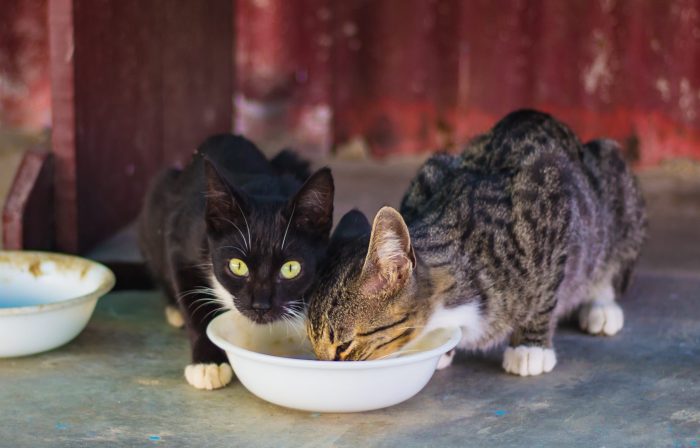
7. Weight loss
The final item on this list is weight loss. I saved this one for last because it is such a significant yet often overlooked clue.
Weight is generally maintained through two factors: absorbing nutrients and expending nutrients. So, expected reasons for weight loss may include eating less (consuming fewer calories) or an increase in exercise (burning more calories). So with these things in mind, if your pet appears to be losing weight without a clear reason, an underlying disease may be the culprit.
But how can you tell that your pet is losing weight? Besides weighing your pet on a regular basis (a good idea!), you can reveal clues at home easily with your eyes and your hands.
Assess the shape of your pet’s body. Does the waist tuck up, giving a slimmer appearance than in the past? Now feel over your pet’s back, ribs, and hips. Do the bones protrude more than they once did? Is there less fat and muscle in these areas compared to a few weeks or months ago? If you answered yes to any of these questions, your pet may be losing weight.
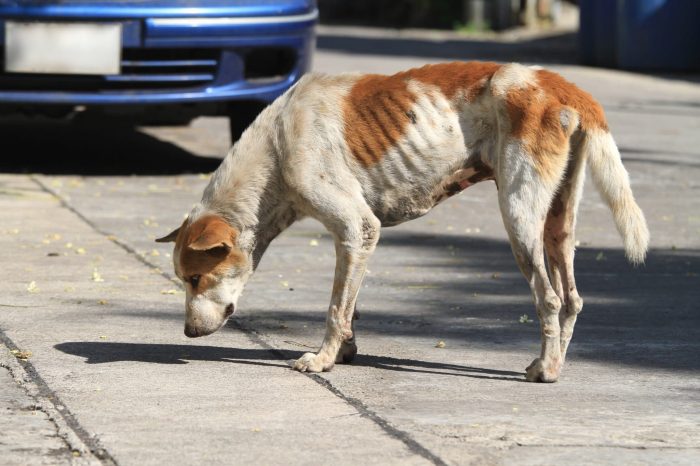
And that’s it! You’ve now learned our top 7 signs that your pet is sick. While many of these signs can be seen simultaneously in many cases, keep in mind that noticing even a single sign on this list should warrant concern.
Remember, the majority of disases can be treated best when diagnosed at the first sign of illness. So, be sure to have your pet evaluated by a veterinarian that you trust at regular intervals and right away if you happen to notice any of these top 7 signs that your pet is sick.

